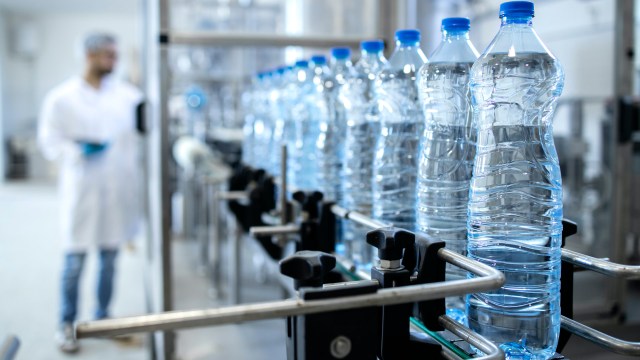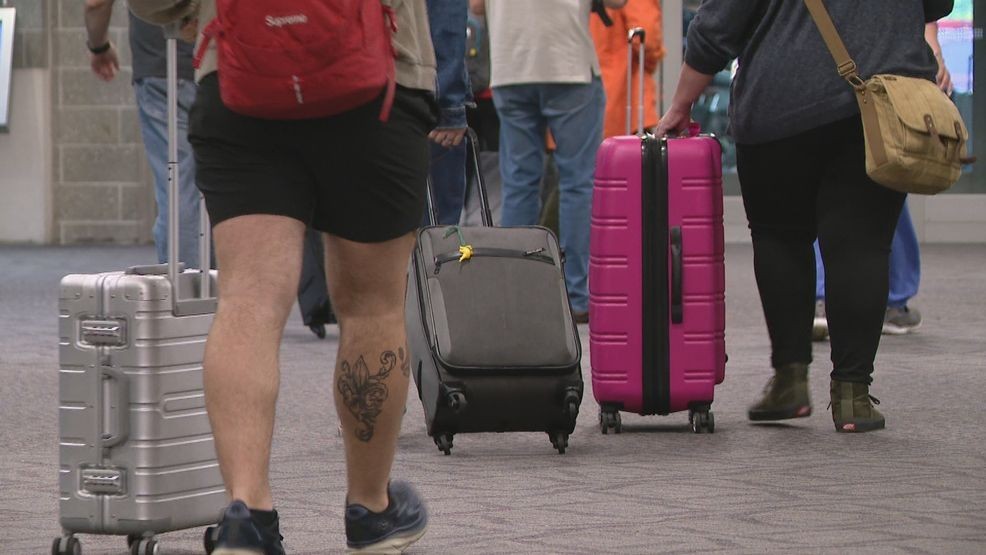FDA flags hidden contaminants in popular bottled water brands — here’s what it uncovered
The Food and Drug Administration found that ten bottles of water contained measurable levels of contaminants.
per- and polyfluoroalkyl substances
, even though none surpassed the highest permissible limits for potable water contaminants,
Quality Assurance and Food Safety journal
reported.
What’s happening?
The FDA analyzed 197 bottled water samples from retail locations across the United States in 2023 and 2024. This testing included various types of water: purified, artesian, spring, and mineral.
Of the samples that showed
PFAS
Of the ten samples analyzed, eight were domestically produced products such as purified or spring water, each containing between one and four PFAS compounds. The other two samples were imported artesian waters, which had one or two PFAS contaminants each.
The agency conducted tests for 18 types of PFAS, among which the Environmental Protection Agency has set specific maximum contaminant levels for six in public drinking water. Out of the four detected PFAS found at levels lower than these thresholds, two do not have established limits yet.
This marks a change from previous FDA testing in 2016 and through the Total Diet Study, which didn’t detect any PFAS in bottled water samples.
Why are PFAS concerning?
These chemicals are called “forever chemicals” because they don’t break down in the environment or your body.
PFAS exposure
has been associated with severe health concerns such as heightened cancer risk, diminished immune response, and development issues.
You can absorb PFAS through drinking water, food, and even household products that contain these chemicals. When they enter your body, they can build up over time.
For families who rely on bottled water as a safer alternative to tap water, this finding creates new questions about which water sources can be trusted. PFAS contamination has created environmental justice issues in communities where water supplies have been contaminated by industrial facilities that produced or used these chemicals.
What’s being done about PFAS?
The FDA says it continues to analyze bottled water and other foods for PFAS to understand exposure to these chemicals from
food sources
.
When the EPA establishes maximum contamination levels for public drinking water, the FDA must create similar standards for bottled water or determine that such regulation isn’t necessary.
|
|
You can
reduce your PFAS exposure
By investigating various bottled water brands and seeking out those that release water quality reports indicating PFAS testing outcomes.
When at home, using filters approved to eliminate PFAS can be beneficial. While purchasing, seek out the NSF P473 certification.
Several businesses actively check for and eliminate PFAS from their items, reacting to increasing customer understanding of these substances and their impacts on well-being.
Join our
free newsletter
for
good news
and
useful tips
, and don’t miss
this cool list
Here are some simple methods to aid both yourself and the Earth.
The FDA highlights undisclosed impurities in top-selling bottled water brands — this is what they discovered.
first appeared on
The Cool Down
.






